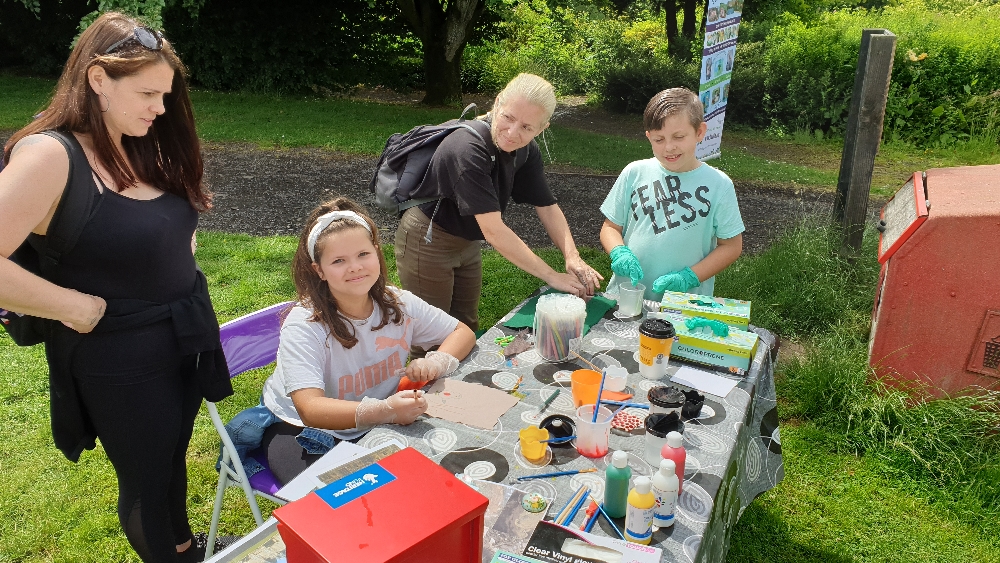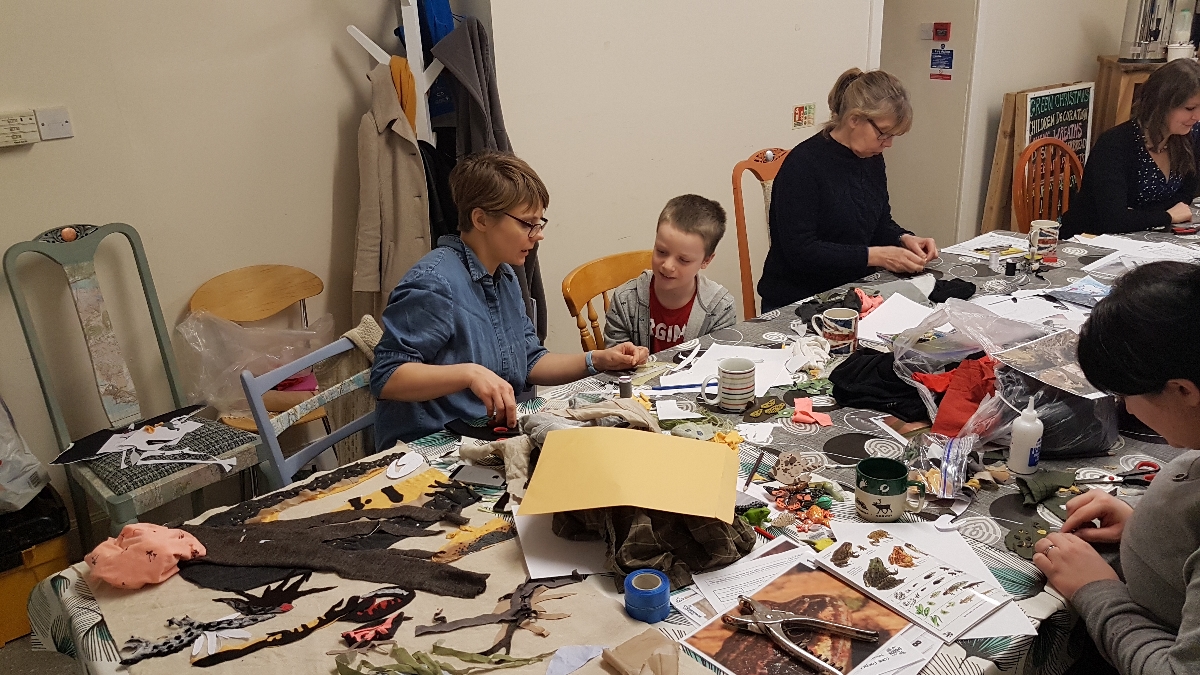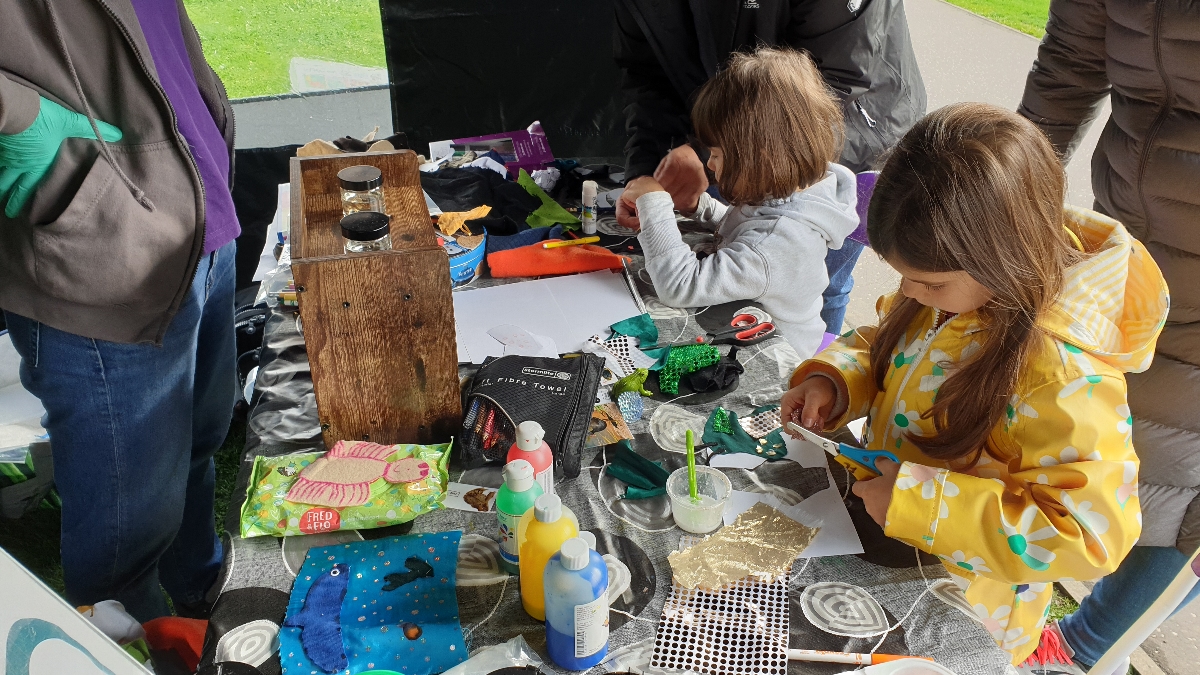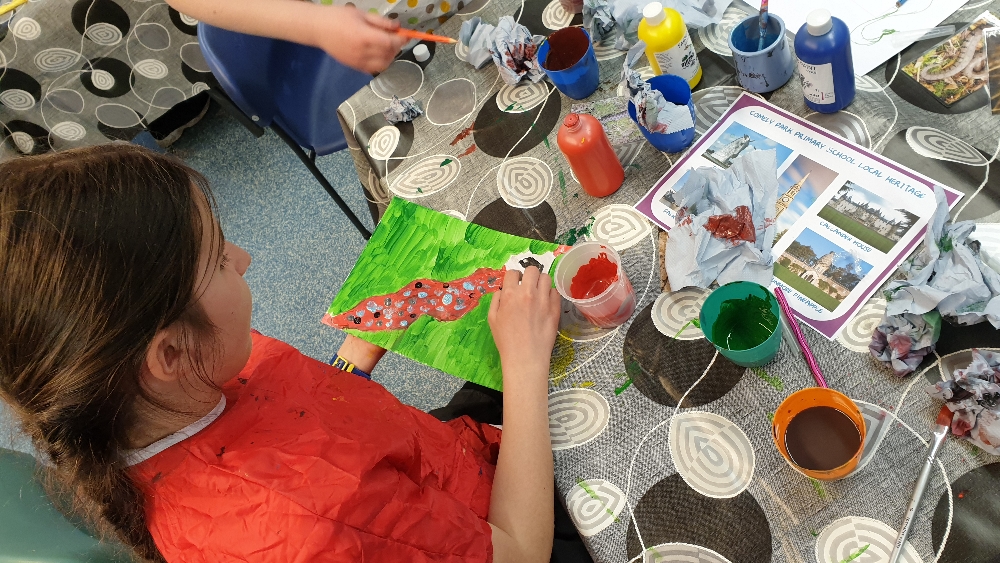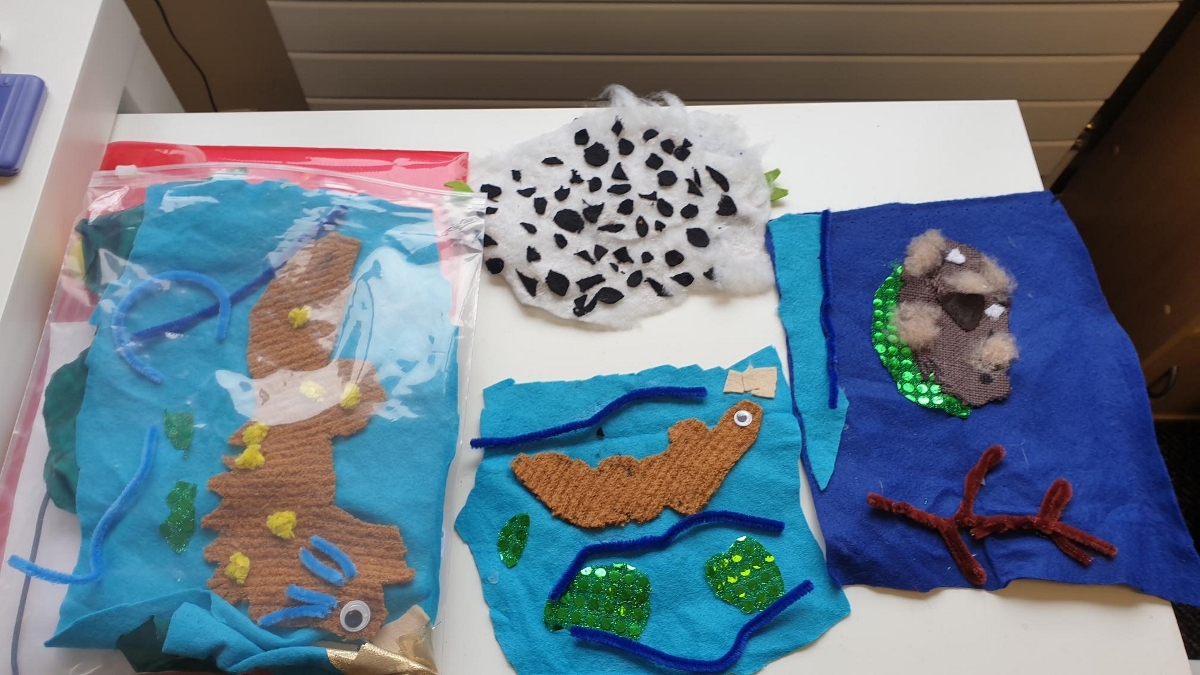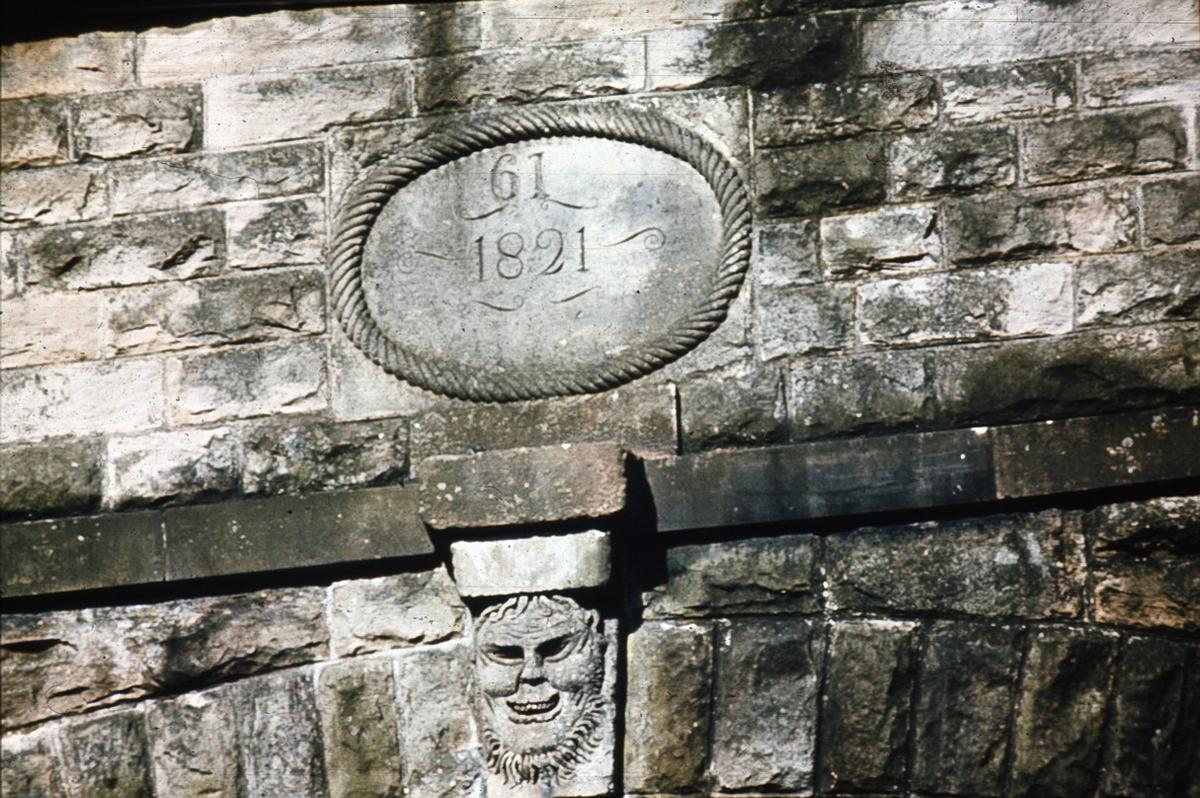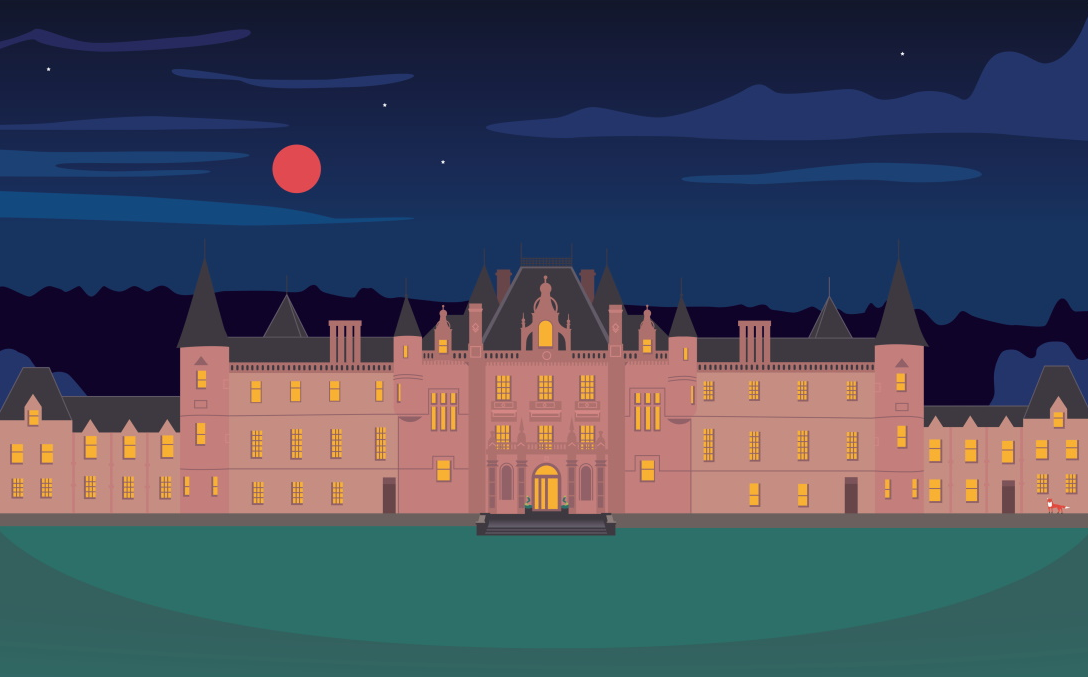Froglife in collaboration with the textile artist Maija Nygren, created a series of vibrant map tapestries of the cultural and natural heritage of the Falkirk area and the Inner Forth.
From December 2020 to December 2021, Froglife run a total of 25 Mapestry sessions across various venues at the Inner Forth area. 19 of them took place in the Falkirk area and engaged 640 participants, who designed and stitched together colourful depictions of their local heritage, fauna and flora. The Mapestry sessions took place at the Forth Environment Link Textile Studio, Carrongrange High School, Comely Park Primary School, St. Andrews Primary School, Muiravonside Country Park – Falkirk, The Falkirk Wheel, Vibration Festival, the Helix and Kinneil Primary School.
Most of the materials used to create the Mapestry are unwanted fabrics and textiles generously discounted from the Edinburgh-based ‘All Together Edinburgh’, a social enterprise training people with learning disabilities.
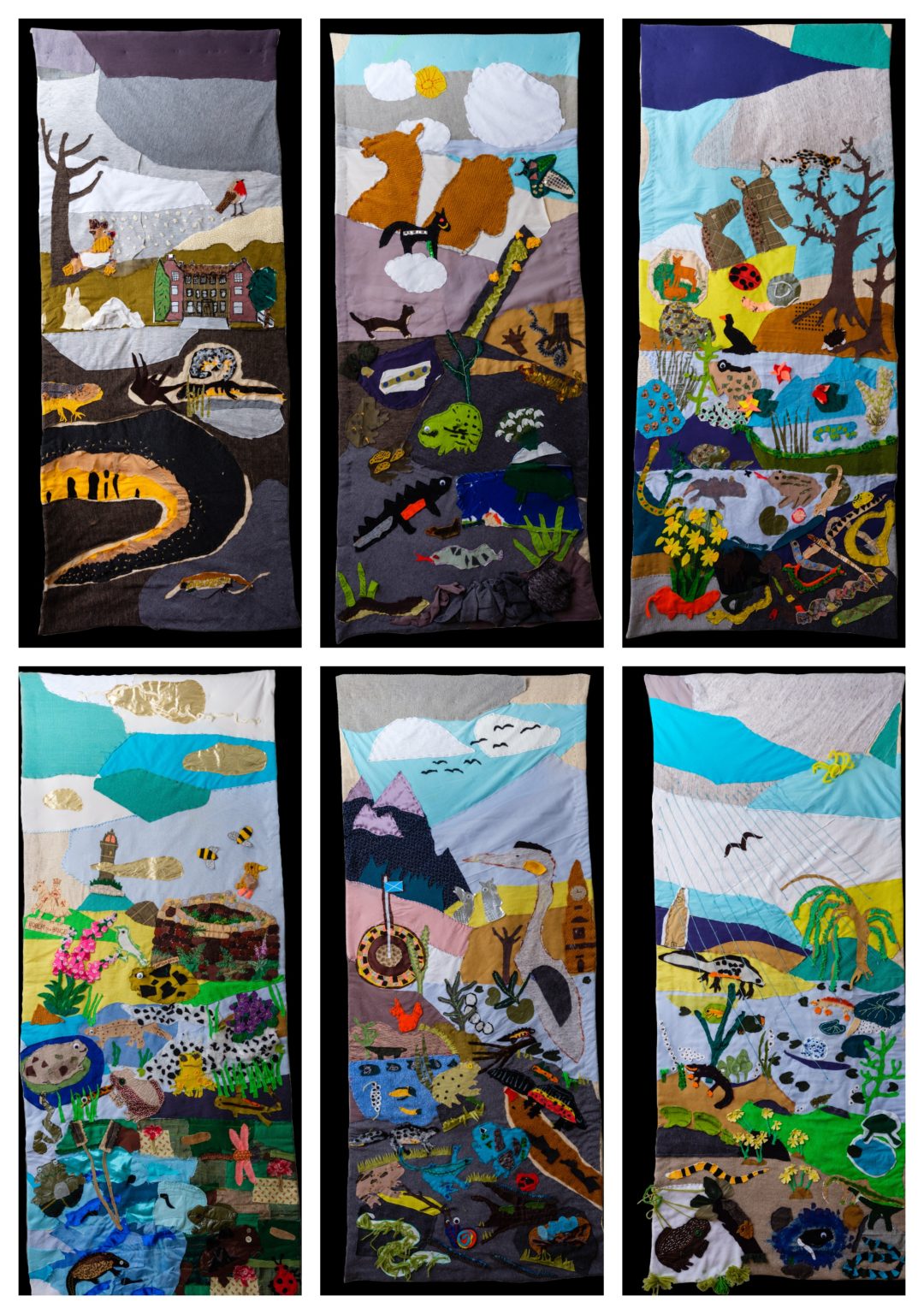

Now let’s have a closer look at some of the nature and cultural heritage highlights of the Falkirk area captured in the map tapestries.
Great Crested Newt – Our largest and rarest native newt in the UK can be found in the Falkirk area, its name relates to the large jagged crest that can be found on males of the species in the spring and summer
Common Frog – The iconic native frog and an important part of our local heritage – many early memories of wildlife feature frogs for us, whether it be seeing frogspawn for the first time, tadpoles swimming in ponds or adult frogs jumping in the grass
Common Toad – A fantastic sight for many of us seeing hundreds or thousands of tiny toadlets migrating from ponds come mid-late summer on a warm, wet evening – this declining species is an important part of our local heritage in need of conservation efforts
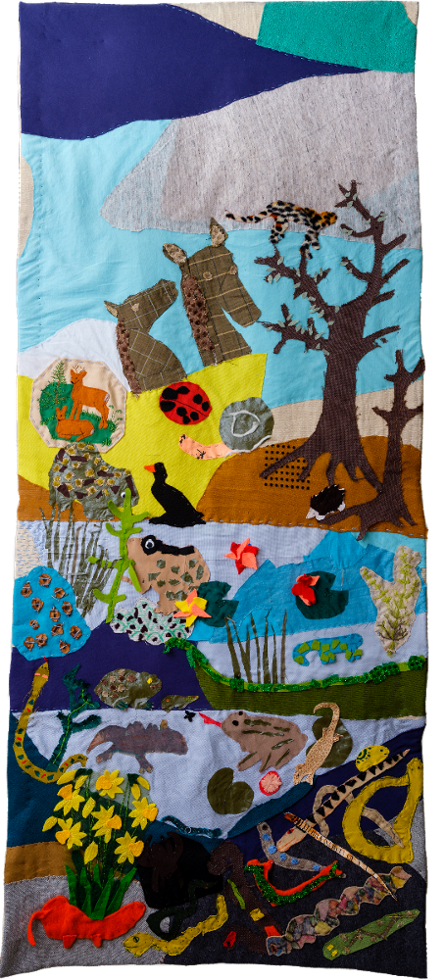

Snowdrops – One of the first signs we can see that spring is on the way and a change in the weather across our local landscape
Daffodils – Daffodils are a sign of spring with their strong, bright yellow colours denoting an arrival of sunnier times – their hardy nature means they can be present across many gardens and green spaces across the region
Foxglove – An easily recognisable purple flowering species with large bell-like blooms – the intricate patterns inside these blooms were once thought to be a sign of fairies
Deer – It’s always an exciting opportunity to get in touch with nature when you come across any species of deer on a walk in your local park or nature reserve, whether it be a fleeting glance or a long observation of a herd going about their business
Hedgehog – These tiny spiky mammals are important part of our local heritage though becoming alarmingly rare – you might see them snuffling around for food in the evening or night in and around your garden
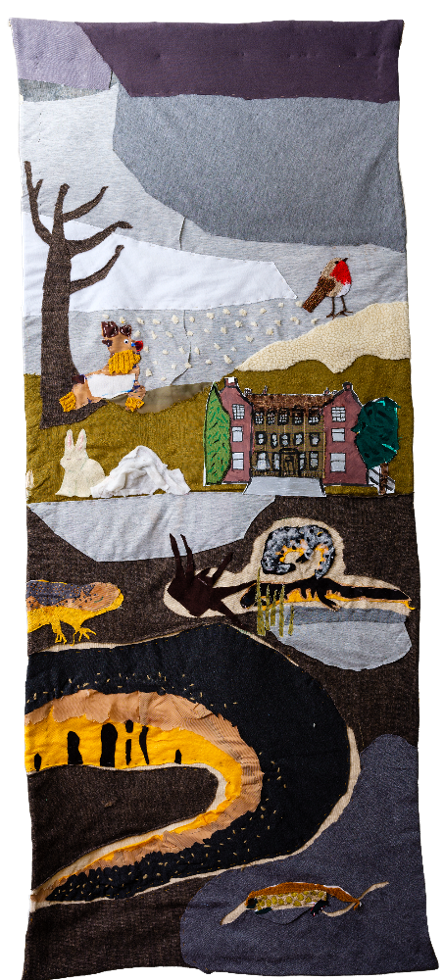

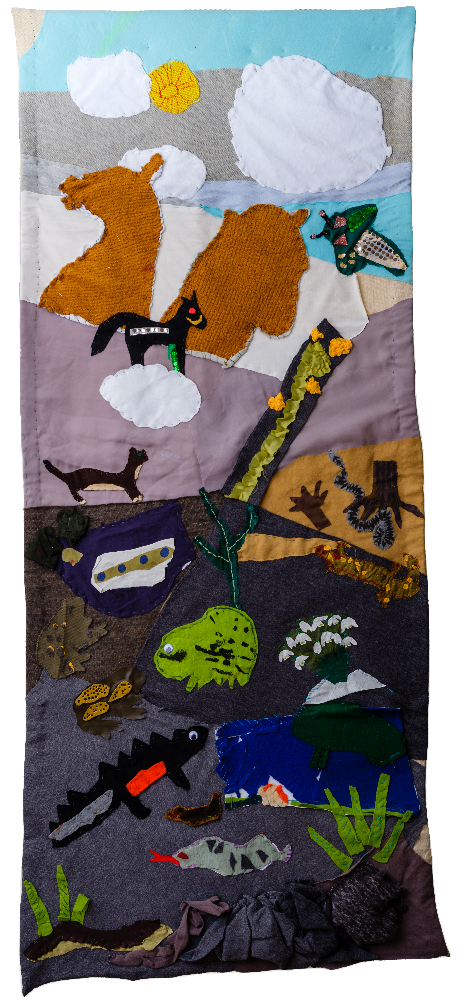

Mapestry is a project by Froglife that is part of Come Forth for Wildlife. Come Forth for Wildlife is funded by the National Lottery Heritage Fund (NLHF) and is working throughout the Forth Valley (Falkirk, Stirling and Clackmannanshire) to develop connections to conserve and enhance the unique heritage the area offers. This is being achieved by creating inter-connected habitats for amphibians, reptiles and other wildlife. The project enables all sectors of the community to develop connections with the natural heritage of the Forth Valley region.
To find out more about the project visit: https://www.froglife.org/what-we-do/education/come-forth-for-wildlife/come-forth-for-wildlife-mapestry-tour/interactive-mapestry-tour/
